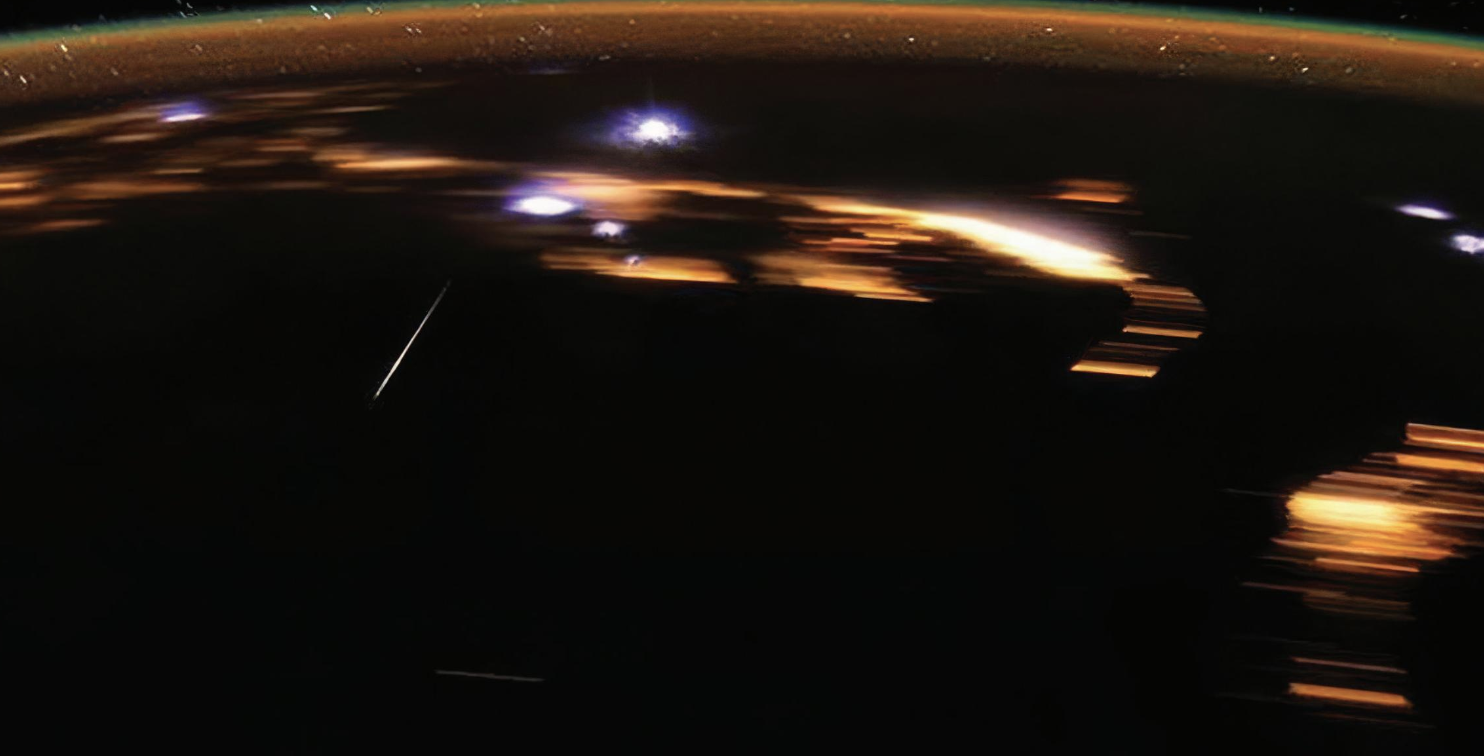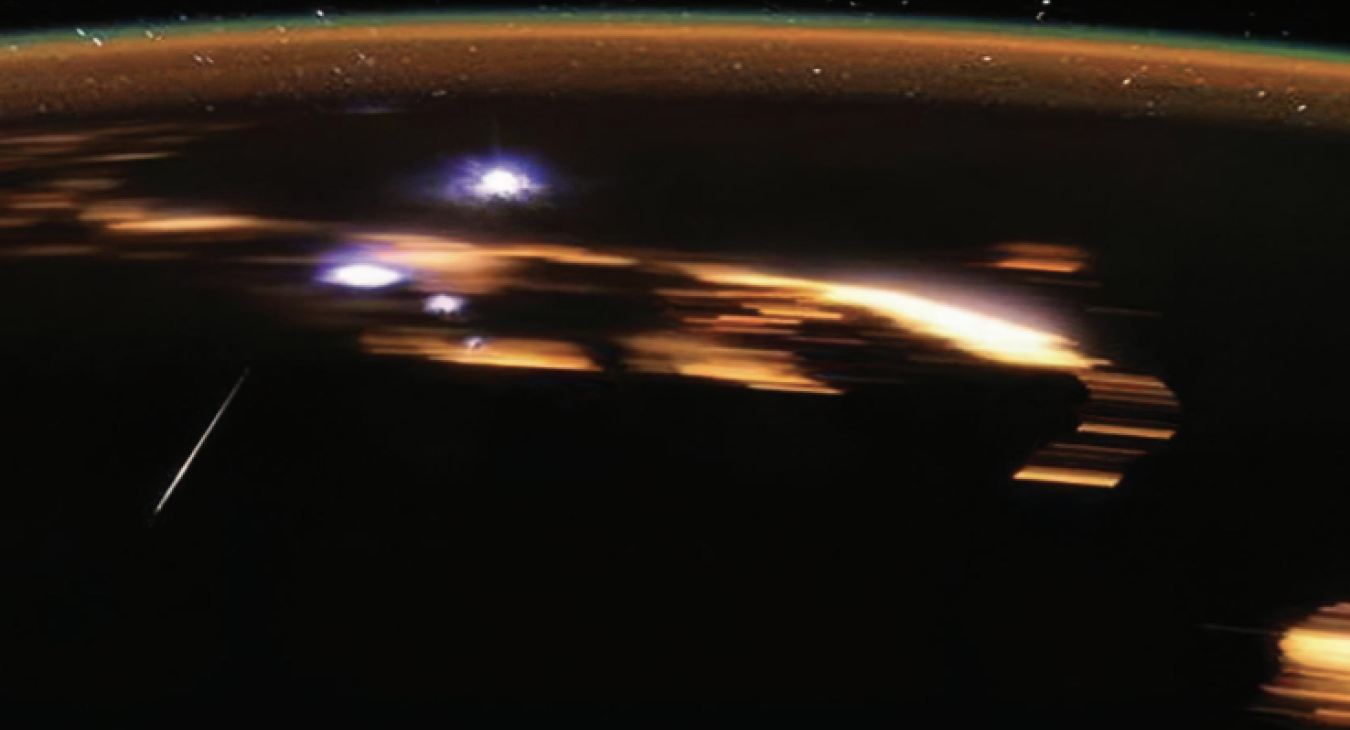Watch for Lyrid Meteors
By Alan Hale
As darkness falls on the gradually warming April evenings, there are two bright planets in our western sky. Jupiter is about halfway up the sky at the end of dusk and sets around midnight, while Mars is higher up and follows along about three hours later.
In early April, Mars is close to Castor and Pollux, the “twin” stars of Gemini, both only slightly dimmer than the red planet itself.
Our neighboring world, Venus, rapidly climbs into the morning sky during April and, for most of the month, rises around the beginning of dawn, setting the stage for a brilliant display throughout the summer and early autumn.
Meanwhile, other worlds are also becoming visible in our April dawn skies. One of these is Saturn, which passed behind the sun—as seen from our perspective on Earth—last month and is now beginning a slow climb into the dawn. Saturn’s system of rings was edge-on to us last month and, at best, will appear as a thin line right now. Saturn and Venus pass close to each other April 29.
Mercury is also visible in the dawn, but it remains low and close to the horizon throughout the month. It and Saturn lie fairly close to each other April 10–11, but this gathering takes place deep in twilight and won’t be easy to see. The distant planet Neptune also passes close to Mercury on April 17, but seeing it will require a telescope and a clear eastern horizon.
The Lyrid meteor shower should peak around Tuesday morning, April 22. This is a little more than one day after the moon is in its third-quarter phase, so there should not be too much interference from moonlight. The Lyrids are debris from a comet that appeared in 1861. The debris has an approximate orbital period of 400 years.
Normally, the Lyrids only produce 10 to 15 meteors per hour, but on rare and unexpected occasions—the most recent of which was in 1982—there have been strong bursts of Lyrid meteors up to as many as 100 meteors per hour or more.


